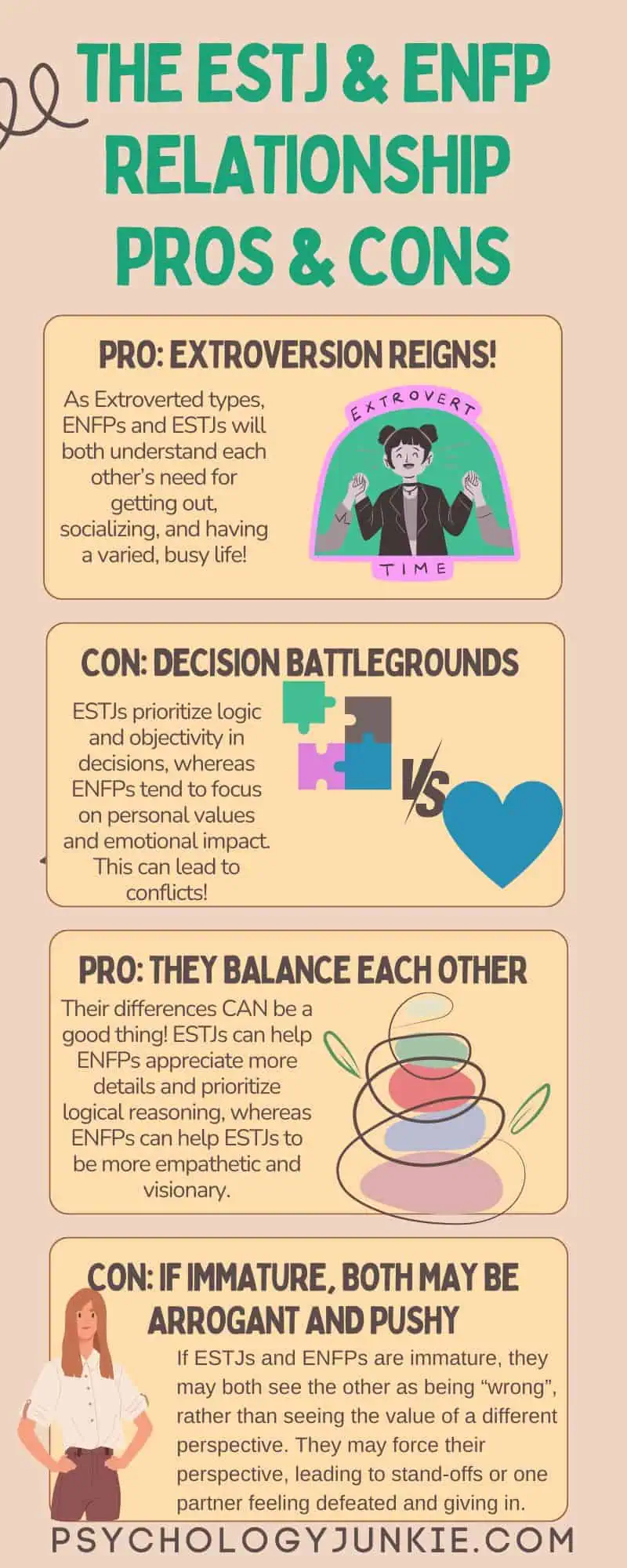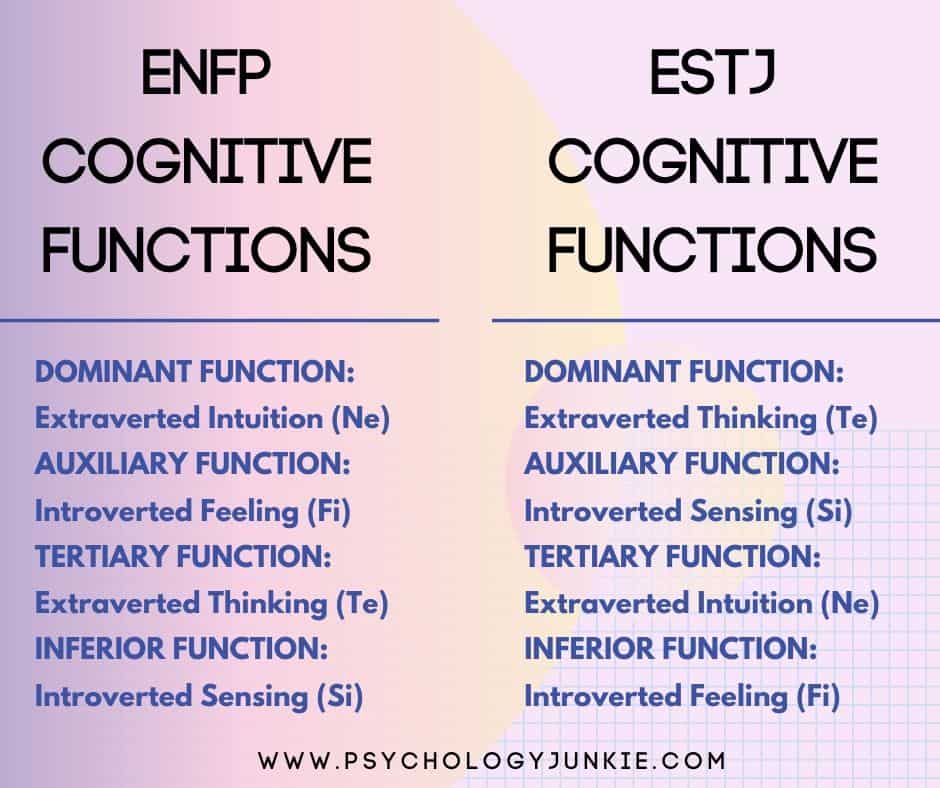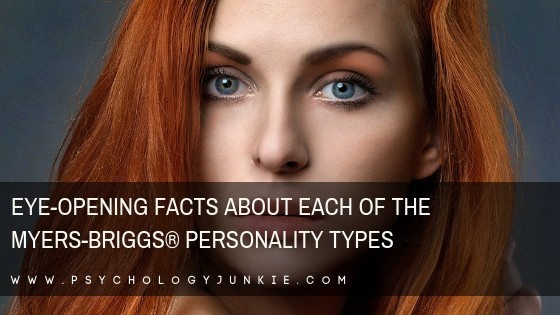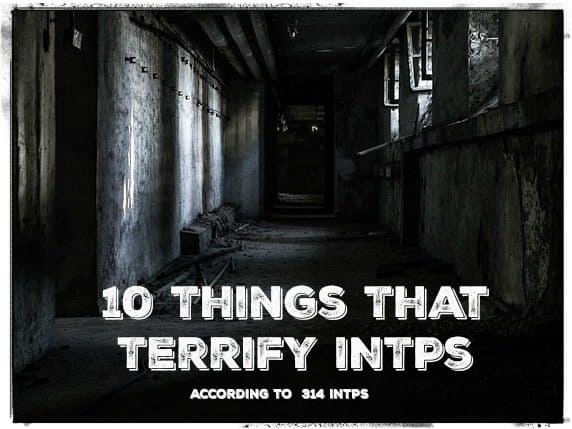An In-Depth Look at the ENFP and ESTJ Relationship
When you first glance at an ENFP and ESTJ couple, you might think, “What in the WORLD do these two types have in common?” After all, sensors and intuitives can’t enjoy each other’s company, right? Well….wrong…usually.
ENFPs and ESTJs actually have quite a lot in common, but enough of a difference that they can look at each other and think, “hmm….now THAT’S fascinating!” And really…that’s what we want in a relationship, right? So today let’s explore what draws these two types together and also discuss some of the pitfalls the two can face on their unique path together.

Let’s start with the good stuff…
Not sure what your personality type is? You can take our in-depth personality questionnaire here. Or, if you’d prefer, you can go for the official MBTI® test here.
5 Reasons Why ESTJs and ENFPs Are Compatible:
#1 – They Both Understand Each Other’s Social Needs
ENFPs and ESTJs are both extroverts. They’re going to appreciate the other’s needs for external stimulation, interaction, and participation. Neither is going to stifle the other’s needs for social engagement and activity in the outside world. ESTJs are “make-things-happen” people who like to be active and engaged with projects and events. ENFPs are “dream-it-up” people who are inspired by deep conversation, new sights, sounds, and experiences.
#2 – They Both Provide Relief for Each Other
The tertiary function is often called the “relief” function by typology experts. That’s because using this function can take the load off the often overworked dominant function. It’s a way that we get creative, playful, and decompressed.
And guess what? ESTJs have tertiary Extraverted Intuition, which is the dominant function of the ENFP.
ENFPs have tertiary Extraverted Thinking, which is the dominant function of the ESTJ.
This means that ESTJs often find ENFPs interesting and fun to be around. During relaxed moments they enjoy wandering the fields of the ENFP’s intuitive landscape. They enjoy swapping ideas, brainstorming, and creating together.
ENFPs, as well, enjoy the logical analysis and structure that ESTJs provide. They see how ESTJs can help them create a more logical approach to their plans and a sense of organization to their day. They enjoy working through their thoughts with the ESTJ to get tips and logical feedback.
#3 – ESTJs and ENFPs Motivate Each Other
ENFPs often have so many ideas that they don’t know how to pin one of them down and get it brought to fruition. This is where ESTJs come in. They look at all the ideas, toss the ones that don’t make any sense (sometimes to the ENFP’s dismay), and help the ENFP create a structure and process for bringing that idea to life. This process helps ENFP’s to believe in themselves and realize the strength of their ideas and potential.
ESTJs like to depend on tried-and-true methods when they do something. When they get creative ideas, they sometimes sweep them under the rug for fear of failure. ENFPs pull those ideas back out and breathe life into them with their charisma and interest in experimentation. They teach ESTJs that anything is possible and help them to pursue dreams and adventures they may have otherwise ignored.
#4 – ESTJs Ground ENFPs and ENFPs Raise Up ESTJs
ESTJs can get stuck in a rut very easily. They like stability, and the familiar is comforting to them. Facts and provable experience are essential in their eyes. But ENFPs help them to step out of their (sometimes comfortable) rut and see possibilities they never dreamed of before. They show them new delights, add to their list of favorite hobbies and routines, and make them feel like life is a constant rebirth of new potentialities.
ENFPs can get stuck in a permanent state of instability. Being flexible and constantly introduced to new things is exciting for these types. But in the process, they can forget to take care of themselves and can get into sticky situations from their vagabond lifestyle. ESTJs can help ENFPs to remember the little but crucially important things (like getting enough sleep or drinking enough water), and they can also help them to create a “home” or dependable center in the real world.
#5 – They “Get” Each Other
ENFPs and ESTJs share the same mental wiring, albeit with slightly different priorities.
ENFPs value all the same cognitive functions as ESTJs. And vice versa. They’re both going to use the same brand of intuition (Extraverted), the same style of thinking (Extraverted), and the same introverted styles of feeling and sensing. Not sure what that means? Read on and you’ll find out!
All that to say, even if they prioritize different functions, they still are using the same hardware. When they disagree, they’re likely to “get it” anyway. Whereas an ENFP and an ENFJ, who have completely opposite functions, might have a lot more fiery disputes.
Imagine it like this…
ENFPs and ESTJs are both Apple Products. ENFPs are an Apple Watch and ESTJs are iPads. They work together. Even if they look different on the outside, they still have the same overall structure.
ENFPs and ENFJs would be like the iPhone trying to work with an Android….lots of arguments would ensue…
Did that analogy work? I hope so.
A Look at the Hardware – The ENFP and ESTJ Cognitive Functions:
ENFP Cognitive Functions:
Dominant Function: Extraverted Intuition (Ne)
Auxiliary Function: Introverted Feeling (Fi)
Tertiary Function: Extraverted Thinking (Te)
Inferior Function: Introverted Sensing (Si)
ESTJ Cognitive Functions:
Dominant Function: Extraverted Thinking (Te)
Auxiliary Function: Introverted Sensing (Si)
Tertiary Function: Extraverted Intuition (Ne)
Inferior Function: Introverted Feeling (Fi)
You can also see these functions in the graphic below:
So what do these “cognitive functions” have to do with ESTJs and ENFPs getting along?
Cognitive functions are essentially the mental wiring that each of us is born with. ENFPs are wired up with very powerful Extraverted Intuition, but their weak spot (inferior) would be Introverted Sensing. ESTJs have very powerful Extraverted Thinking, but their weak spot (inferior) would be Introverted Feeling.
ESTJs, ENFPs and Feeling
ENFPs are feeling types. The brand of feeling they use is Introverted Feeling. When they see ideas and possibilities they narrow them down based on what they feel is morally right for them. They look at their values, emotions, and deeply-felt inner truths and use that as the compass to guide their decisions.
ESTJs have inferior Introverted Feeling. This means that their personal values can seem far away and confusing. Their personal desires and motivations aren’t something they delve into intensely. More than introspection about the nuances of their emotional truths, ESTJs are focused on getting things done in an efficient, logical way. As a result of having inferior introverted feeling, ESTJs can seem overly hasty, tactless, or blind to their own values and emotions.
ESTJs, ENFPs and Thinking
ESTJs are thinking types. The brand of thinking they use is called Extraverted Thinking. When they make decisions, they base those decisions on what is provable, factual, and logical. They weigh the pros and cons and go with the decision that is the most logically sensible. They step out of situations to see them impersonally – they worry that their feelings would cloud their judgment.
ENFPs have tertiary Extraverted Thinking. This means that sporadically they can have very strong logical insights. They get a sense of relief from organizing their world in a logical way and going after their dreams with a streamlined schedule. However, their ability to use Extraverted Thinking is shaky. Sometimes they are quite skilled here, and other times they falter. They will usually prioritize Introverted Feeling over Extraverted Thinking. The important thing for them isn’t primarily the logical approach, but staying true to their individual values.
ESTJs, ENFPs and Intuition
ENFPs are intuitive types. The brand of intuition they use is called Extraverted Intuition. When they observe the world around them, they are inundated by possibilities and alternatives. Rather than seeing the one way something is typically used, they see hundreds of ways it could possibly be used. They are experimenters, explorers, and change-agents. They are befuddled when people follow the rules because they see so many exceptions to the rules and so many alternatives that might be better.
ESTJs have tertiary Extraverted Intuition. They enjoy exploring new ideas and alternatives, but only in their free time when all their duties are taken care of. This function becomes stronger in mid-life, which is why at that time many ESTJs enjoy the company of NP personality types. ESTJs can be very innovative and imaginative, but not as naturally as ENFPs. Their skill here is sporadic and fluctuating. They are more likely to follow pre-established rules as long as there is no moral conflict. They see the rules as “shortcuts” so that they don’t waste time experimenting with ideas that don’t work.
ESTJs, ENFPs and Sensing
ESTJs are sensing types. The brand of sensation they use is called Introverted Sensing. When they observe the world around them, they are inundated by reflections of their past experience. They recall what has worked before and what experience has taught them. The word of details excites them and they notice physical details rapidly. They crave consistency and reliability and especially enjoy peaceful lives.
ENFPs have inferior Introverted Sensing. This means that they can quickly lose track of the signals their body is sending them. In their excitement over new possibilities, they become out of touch with their hunger signals, energy levels, and more. They can trip up over nitty-gritty details that sensing types tend to notice quickly – paying their bills on time, washing the dishes thoroughly, remembering the lessons from a past mistake – all this can get lost in their need for novelty and new ideas. ENFPs are drawn toward change, while introverted sensing dominant types are drawn towards stability.
Now that we’ve taken a look at the mental hardware of each type, let’s look at why this makes a difference!
What to Look Out For if You’re in this Relationship:
If you’re in this relationship, try to learn as much about your partner’s type preferences as possible. Arguments will likely happen because of your differences. Realize that your partner’s differences are not always negative. Once the spark of a new relationship wears off, some of the very things that attracted you to each other can grate on your nerves. Remember to show appreciation for your partner’s strength and understanding for their weaknesses.
ESTJs, your ENFP partner won’t be as fond of routine as you are. They also won’t be as detail-aware. Things, like washing the dishes or paying bills on time, can get lost in the shuffle. Your partner will also enjoy theoretical, abstract topics of conversation more than day-to-day discussion. They can feel caged in if their life is too planned-out and structured. Keep this in mind and try to compromise on the areas that you can.
ENFPs, your ESTJ partner needs a plan and a sense of structure in their lives. They’ll get really turned off if you’re not there when you say you’ll be there. Dependability is a BIG deal to ESTJs. They’ll also be more skeptical of untested theories and ideas, and there will be times when they wonder what the point of hypothetical conversations really is. They’re also very direct and can be tactless without meaning to be (or on purpose, if they’re angry). Keep this in mind and try to be understanding and flexible to make space for their way of thinking.
What Are Your Thoughts?
Do you have any insights or experiences to share for other readers? Let us know in the comments!
Find out more about your personality type in our eBooks, Discovering You: Unlocking the Power of Personality Type, The INFJ – Understanding the Mystic, and The INFP – Understanding the Dreamer. You can also connect with me via Facebook, Instagram, or Twitter!
Other Articles You Might Enjoy:
The Flirting Style of the ENFP Personality Type
How ENFPs Romantically Pair Up with Every Myers-Briggs® Personality Type
Here’s What Fulfills You, Based On Your Myers-Briggs® Personality Type












There is an error in the functional stack at the top. There are two introverted sensing
Thank you for letting me know about this!! Fixed now 🙂
I can only say that your analysis is very accurate. Thank you very much!
Wow! I’m an ENFJ my ex was an ENFP and you’re analogy could not have hit the nail better on the head!!!! So many arguments, we did not “get” eachother, this article was great, but when you said that I had to go back and re read it. This is some really good stuff!
Finally, a positive and more thoughtful analysis of an ENFP-ESTJ relationship. I definitely agree that I get the way that ESTJs think and what annoys them and why. I like that ESTJs are really simple and honest people who don’t have ulterior motives when they interact with others. They are completely present with those they care about and are extremely reliable.